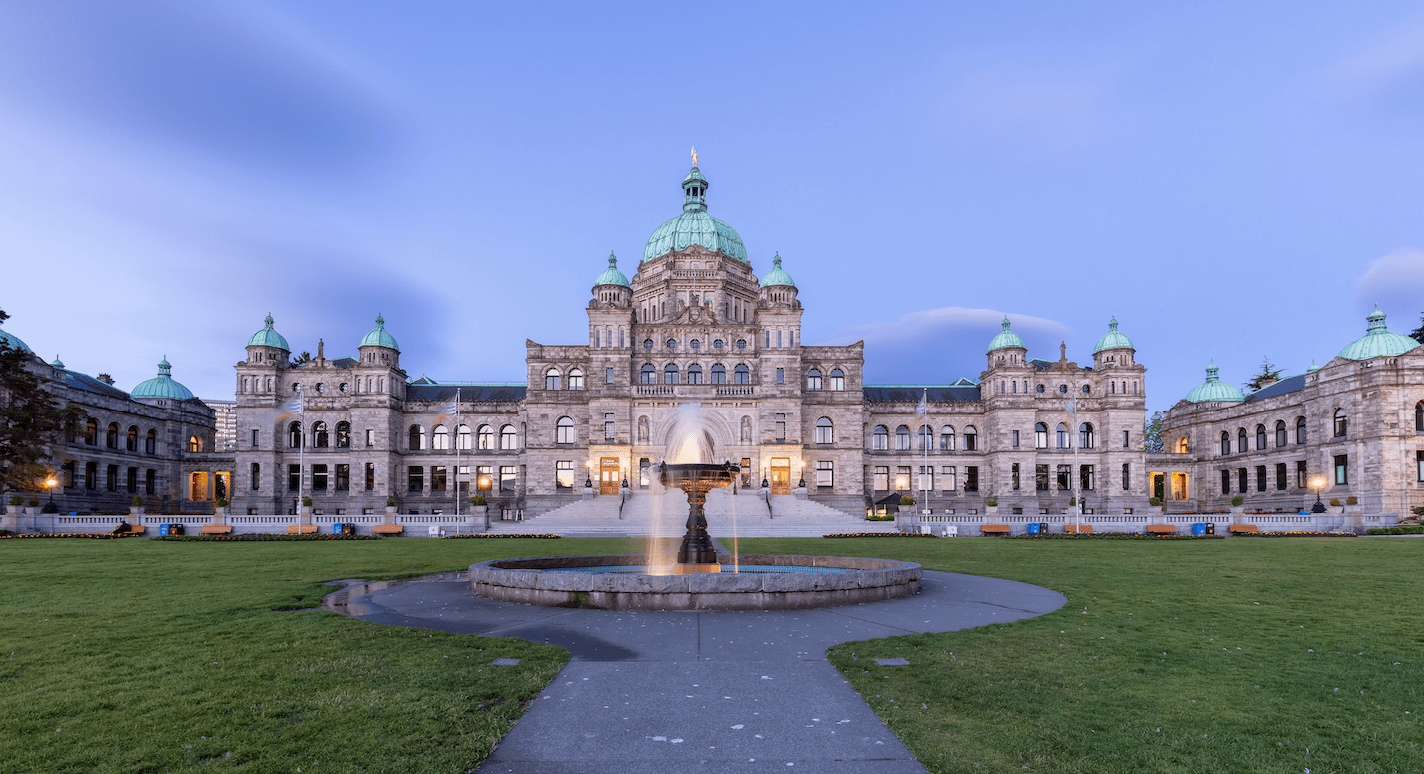
MARK MACDONALD
BRITISH COLUMBIA – Canadians are facing a double-edged homeless crisis.
Everyone can see downtown streets increasingly clogged with shopping cart pushing homeless people, who have no place to lay their head. Politicians continue to promise to solve the crisis, and pour millions of dollars into facilities that are in various stages of completion, yet the end to it seems nowhere near on the horizon.
Even if there were enough units for homeless people to live in, the question remains whether or not those in need would choose to dwell in them. Some refuse to. Would the government – any government – have the wherewithal to tell people they can’t live on the streets and if they refuse provided housing, they will be forced into living there and not on the street?
One would think not. There now appears to be a whole “industry” that caters to the homeless and society’s most downtrodden. It isn’t difficult to realize that people need assistance, and the government is there to help (watch out for that statement, as the scariest words a business person can hear are: “We’re here from the government and we’re here to help.”).
Ideally and philosophically, successful care for those in such dire need would result in them becoming independent so they can stand on their own two feet and look after themselves. We know there are some who cannot, and they need to be cared for. But could it be that some social support workers might consider that if their “clients” become independent, their departure from assistance might mean the elimination of their own jobs? It’s an awkward question indeed.
One would think that with the multiplied millions being spent on homeless/affordable housing, there should be a point in the near future where everyone in Canada could have a warm place to live. But that conversation never seems to end.
I often think back to a conversation with the owner of a successful construction company who built what they deemed as a “mansion” for themselves, which included every amenity and luxury they could think of. Yet they compared what they spent on themselves to what the government was paying companies to build affordable housing, and the cost was almost double per square foot. The opportunity to build such units was an offer they couldn’t afford not to try and bid for. They did, they won, and they built.
By their estimate, government paid-for housing costs almost twice as much per square foot to build than the best they would put in their own dream home. There’s something wrong with that picture, isn’t there? It has a lot to do with governments not knowing costs in the real world, plus the fact it’s always easier to spend other peoples’ money.
So, while it is clearly evident that there is a homeless crisis for those who cannot afford housing, there is also a crisis for those that are homeless in a different way – because they can’t find homes to buy. That crisis is, more than anything, directly caused by civic leaders and staff who restrict new home construction, for one reason or another.
Municipal governments that have the most impact on our regular, day to day life, for it is city councils who holds sway over crucial decisions like development and for living spaces that don’t yet exist. This is the main reason for the continual upward swing on housing prices.
There is simply not enough supply. We need more homes. Not just for the homeless, but for those who are homeless and are renting, and want to be owners of their own homes.
Municipal taxpayers are mostly homeowners, who pay over half of civic government revenues through taxes. They also pay school taxes on top of that, whether they have children in the system or not.
As the price of housing spirals upward, it’s puzzling and frustrating to hear government leaders moan loudly, yet do virtually nothing in terms of fast forwarding new housing for those who can afford it – if it was available to buy. Talk about low income housing warms the hearts of voters, yet they refuse to identify the answer right in front of them – build more housing, period.
If there are more homes to buy to meet demand, the price of housing will go down. History shows that clearly. Scarcity makes items costlier works in every area of consumption.
So while municipal building departments are bogged down with piles of housing permits, politicians and staff continue to stall progress, which makes the process of building longer and, due to endless delays, and even more expensive. It is mind boggling they can’t see it and provide the easy fix. Build it and they will come? “They” are already here.
Bureaucrats can’t seem to help themselves but focus on protecting their own jobs. But while doing so, they fail to realize that if there were more new homes, that means more revenue raised for the city through more taxes from the houses they allow to be built. Which would allow the city to hire more workers, if necessary, etc. Revenues would rise through sheer volume of new building and the taxes that follow – instead of continuing to hike taxes for existing owners.
Politicians need to be reminded that while they attempt to tackle homelessness for those with no or little money, they should also focus on eliminating homelessness for those who have money, yet can’t find homes to buy. If they did, that maneuver would make housing more affordable.
Mark MacDonald is President of Communication Ink Media & Public Relations Ltd. and Author of the book “It Worked For Them, It Will Work For Me: The 8 Secrets of Small Business I Learned From Successful Friends”, which can be obtained by reaching him through: mark@communicationink.ca


